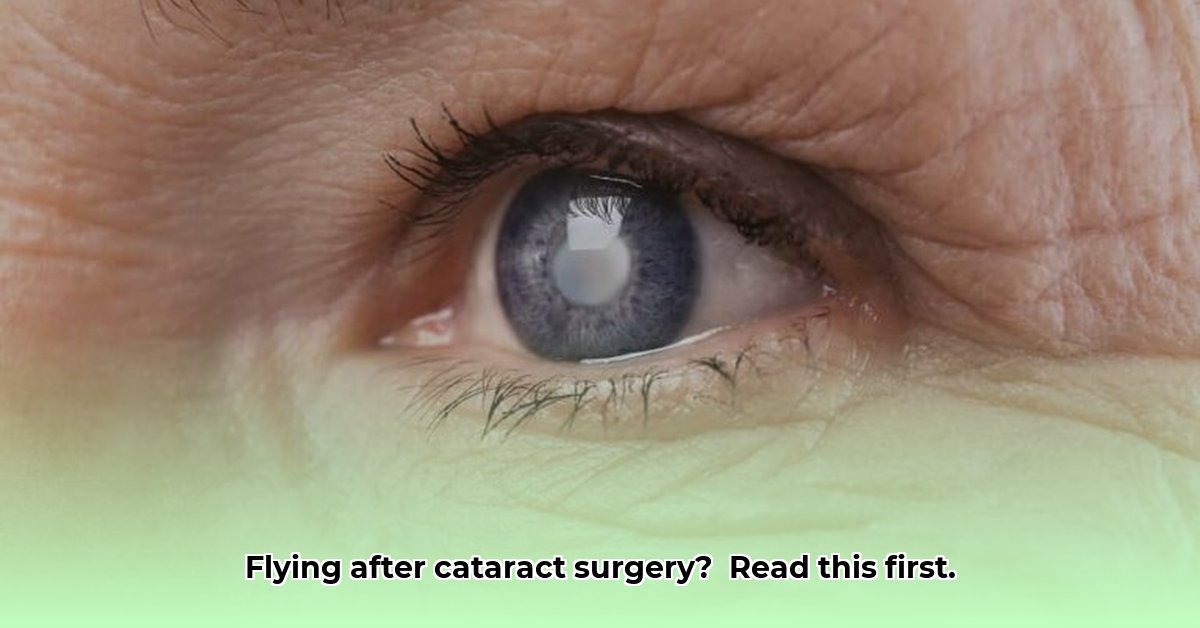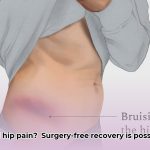Ready for Takeoff? Air Travel After Cataract Surgery
You’ve had cataract surgery and are eager to travel. A common question is, “When can I fly?” This guide provides expert-approved advice on air travel after cataract surgery, covering timelines, precautions, and tips for a comfortable journey.
Planning Your Flight: Expert Advice and Personal Factors
The question of when it’s safe to fly after cataract surgery isn’t always straightforward. While a general guideline suggests a minimum of 24-48 hours, your ophthalmologist’s recommendation is paramount. They’ll assess your individual healing progress and provide tailored advice. Factors influencing this decision include the surgical technique used, your overall health, and any complications. Complete healing can take several weeks, typically 4-6, allowing your eye to fully recover and minimize potential risks.
Potential In-Flight Risks and Precautions
While rare, understanding potential risks associated with flying after cataract surgery can help you prepare. Cabin pressure changes during ascent and descent may affect your eyes, especially within the first 48 hours. The dry cabin air can exacerbate dry eye, a common post-surgery symptom. Knowing you have access to ophthalmological care at your destination provides added peace of mind.
Pre-Flight Checklist: Preparing for a Smooth Journey
Just as a pilot prepares for takeoff, you can prepare for seamless air travel after cataract surgery. This checklist covers essential steps:
- Consult Your Ophthalmologist: Schedule a pre-flight consultation to discuss your travel plans and receive personalized advice.
- Pack Your Eye-Care Kit: Include lubricating eye drops, prescribed medications, a comfortable eye shield (if recommended), and a copy of your post-operative instructions.
- Inform Your Travel Insurance: Notify your provider about your recent surgery to avoid potential complications with coverage.
In-Flight Tips: Maintaining Eye Comfort at Altitude
Once airborne, prioritize eye comfort with these tips:
- Hydration: Drink plenty of water throughout the flight to combat dry cabin air.
- Lubrication: Use lubricating eye drops regularly, as advised by your doctor.
- Air Vent Management: Adjust the overhead air vent to avoid direct airflow onto your face.
- Avoid Eye Rubbing: Resist the urge to rub your eyes, as this can introduce bacteria and cause irritation.
Post-Flight Care: Continuing Your Recovery Journey
Upon arrival, diligently follow your post-operative instructions and attend all scheduled follow-up appointments. This ensures your recovery stays on track and any potential concerns are addressed promptly.
Managing Anxiety: Addressing Pre-Flight Concerns
Feeling anxious about flying after surgery is normal. Discuss your concerns with your doctor for reassurance and coping strategies. Deep breathing exercises or mindfulness techniques can also help calm pre-flight jitters.
Quick Reference Guide: Key Takeaways
| Aspect | Recommendation |
|---|---|
| Can I Fly? | Generally yes, after 24-48 hours with surgeon’s approval |
| Minimum Wait Time | 24-48 hours, individualized based on healing |
| Essential Consultation | Discuss travel plans with your ophthalmologist |
| In-Flight Eye Care | Lubricating drops, avoid rubbing |
| Post-Flight Care | Continue post-op instructions, attend follow-ups |
Disclaimer: This information is for educational purposes only and does not substitute professional medical advice. Always consult a qualified healthcare professional for personalized diagnosis and treatment.
- Wellness Fair Ideas for Work to Boost Employee Wellbeing - December 15, 2025
- Affordable Employee Wellness Fair Ideas for Any Budget - December 14, 2025
- Employee Wellness Programs Strategically Benefit Employee Health And Retention - December 13, 2025
















